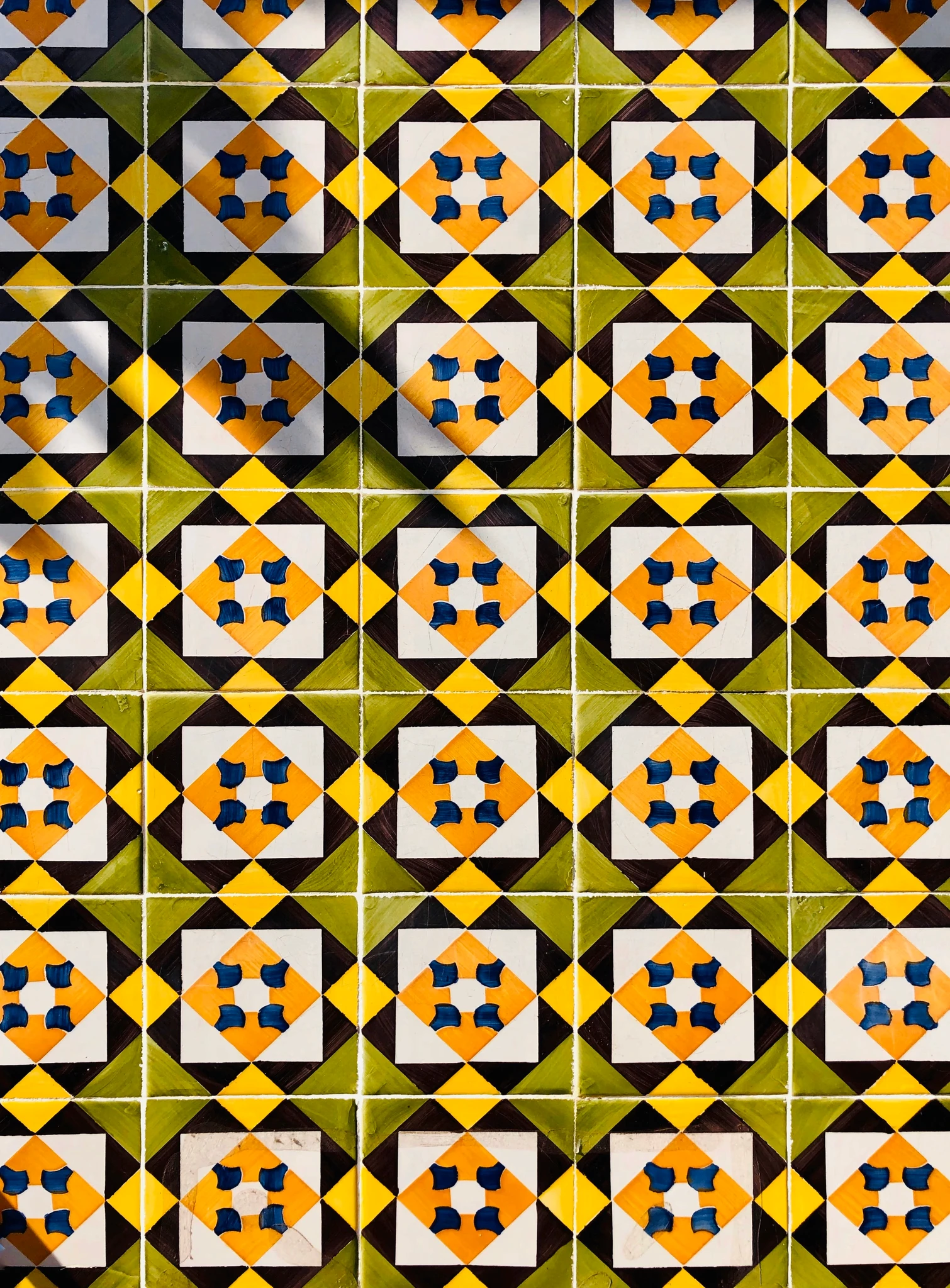The Evolution of Graphic Design
Jul 17, 2024

Graphic design has come a long way since its inception, evolving alongside technology and cultural shifts. From early print designs to digital masterpieces, the journey of graphic design reflects the changing aesthetics and functionalities of visual communication.
Historical Roots
Graphic design traces its roots back to ancient civilizations, where symbols and illustrations were used to communicate ideas. The invention of the printing press in the 15th century revolutionized the field, enabling mass production of visual content. Early designers focused on typography and layout to make printed materials more readable and appealing.
The Digital Revolution
The advent of computers in the 20th century marked a significant turning point in graphic design. Software like Adobe Photoshop and Illustrator allowed designers to create and manipulate images with unprecedented precision and creativity. This digital revolution expanded the possibilities of graphic design, making it more accessible and versatile.
Modern Trends
Today, graphic design is a dynamic field influenced by various trends. Minimalism, characterized by clean lines and simple color schemes, is popular for its clarity and elegance. Conversely, maximalism, which embraces bold colors and complex patterns, offers a visually stimulating alternative. Designers now also prioritize user experience (UX) in their creations, ensuring that designs are both beautiful and functional.
The Role of AI
Artificial Intelligence (AI) is reshaping the graphic design landscape. AI-powered tools can generate designs, suggest improvements, and automate repetitive tasks, freeing designers to focus on creativity. While some fear that AI might replace human designers, it is more likely to serve as a powerful assistant, enhancing their capabilities and efficiency.
Conclusion
Graphic design continues to evolve, driven by technological advancements and changing cultural tastes. From its historical roots to modern digital innovations, the field remains a vital form of communication and expression. As designers embrace new tools and trends, the future of graphic design promises to be as exciting and transformative as its past.
Graphic design has come a long way since its inception, evolving alongside technology and cultural shifts. From early print designs to digital masterpieces, the journey of graphic design reflects the changing aesthetics and functionalities of visual communication.
Historical Roots
Graphic design traces its roots back to ancient civilizations, where symbols and illustrations were used to communicate ideas. The invention of the printing press in the 15th century revolutionized the field, enabling mass production of visual content. Early designers focused on typography and layout to make printed materials more readable and appealing.
The Digital Revolution
The advent of computers in the 20th century marked a significant turning point in graphic design. Software like Adobe Photoshop and Illustrator allowed designers to create and manipulate images with unprecedented precision and creativity. This digital revolution expanded the possibilities of graphic design, making it more accessible and versatile.
Modern Trends
Today, graphic design is a dynamic field influenced by various trends. Minimalism, characterized by clean lines and simple color schemes, is popular for its clarity and elegance. Conversely, maximalism, which embraces bold colors and complex patterns, offers a visually stimulating alternative. Designers now also prioritize user experience (UX) in their creations, ensuring that designs are both beautiful and functional.
The Role of AI
Artificial Intelligence (AI) is reshaping the graphic design landscape. AI-powered tools can generate designs, suggest improvements, and automate repetitive tasks, freeing designers to focus on creativity. While some fear that AI might replace human designers, it is more likely to serve as a powerful assistant, enhancing their capabilities and efficiency.
Conclusion
Graphic design continues to evolve, driven by technological advancements and changing cultural tastes. From its historical roots to modern digital innovations, the field remains a vital form of communication and expression. As designers embrace new tools and trends, the future of graphic design promises to be as exciting and transformative as its past.